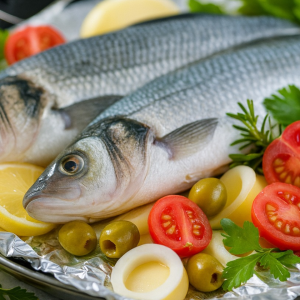
Getting good sleep isn’t just about rest—during the night, the body uses this time to repair tissues, regulate blood pressure, and maintain healthy blood circulation.
However, after age 40, it’s common for subtle signs to start appearing—often during sleep—that may indicate poor circulation or even a potential risk of stroke. Recognizing these signs early can make a crucial difference in preventing more serious health issues.
3 Signs While You Sleep That May Indicate Circulation Problems
1. Cramps or Numbness in the Legs
If you wake up in the middle of the night with cramps, tingling, or numbness in your feet or calves, it could be a sign that blood isn’t flowing properly to the extremities. This lack of oxygenation may be due to stiffened arteries or poor sleeping posture, but if it happens frequently, it’s advisable to consult a vascular specialist.
Why it happens:
As we age, arteries lose elasticity and can accumulate plaque (fat and cholesterol), reducing blood flow. Lack of movement during sleep also contributes to pooling of blood in the legs.

2. Cold Hands or Nighttime Numbness
Waking up with cold or numb hands is another sign that should not be ignored. This can indicate poor peripheral circulation, especially in people who smoke, have diabetes, or suffer from high blood pressure.
Why it happens:
When blood vessels narrow or become blocked, it takes longer for blood to reach the extremities. If this happens frequently, your body may be signaling that something isn’t functioning properly in the cardiovascular system.
3. Difficulty Breathing or Sudden Snoring
Although many people associate it only with being overweight or overtired, loud snoring and the sensation of not getting enough air during sleep may be symptoms of sleep apnea—a disorder that interrupts the flow of oxygen to the brain. This condition is directly linked to an increased risk of stroke and heart disease.
Why it happens:
During apnea episodes, breathing temporarily stops, which decreases blood oxygen levels and forces the heart to work harder. Over time, this strain can damage blood vessels.
When Should We Be Concerned?
You should pay close attention if these symptoms occur frequently or are accompanied by other signs such as dizziness, blurred vision, swelling in the legs or feet, difficulty concentrating, or a heavy sensation in the body. These may be early indicators of a circulatory disorder or even a risk of stroke.
There’s no need to panic over a one-time episode, but if it happens several times a week, it’s important to see a primary care physician or cardiologist to evaluate circulation, blood pressure, and cholesterol levels. Detecting circulatory issues early can prevent serious complications.

What We Can Do to Improve Circulation and Reduce Risks
- Move frequently: Avoid a sedentary lifestyle. Walking at least 30 minutes a day boosts blood flow and strengthens the heart.
- Maintain a healthy diet: Reduce saturated fats and sugars. Increase foods rich in omega-3 (fish, walnuts) and antioxidants (fruits and vegetables).
- Avoid smoking and excessive alcohol: Both damage blood vessel walls and decrease their elasticity.
- Maintain a healthy weight: Excess weight forces the circulatory system to work harder, increasing the risk of blood clots and stroke.
- Monitor blood pressure and cholesterol: Get regular medical checkups, especially if you have a family history of heart problems.
- Elevate your legs before bed: Placing a pillow under your feet can improve venous return and help prevent nighttime cramps.
The body often signals when something isn’t right—even while we sleep. Listening to these signs, adopting healthy habits, and consulting a doctor if symptoms persist are essential steps to prevent circulatory complications and maintain a good quality of life after age 40.




